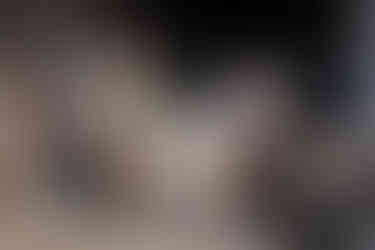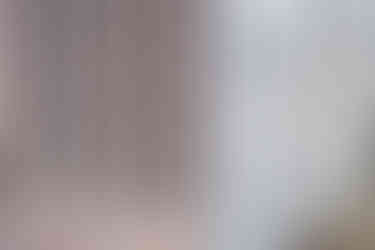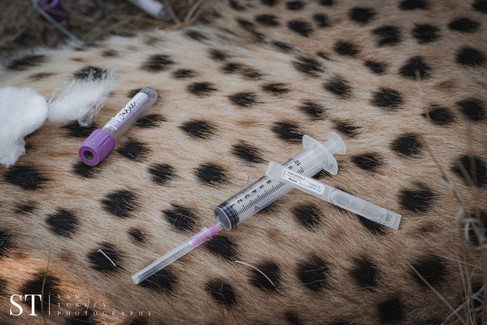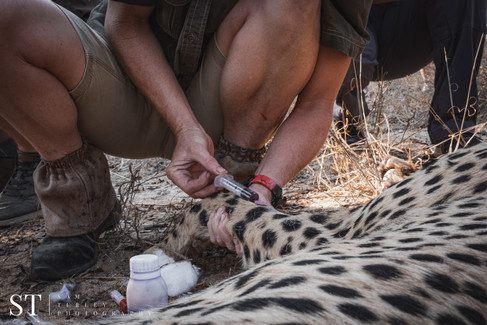Cheetah Conservation
- samturley92
- Jan 21, 2022
- 2 min read
Behind the scenes access to a groundbreaking Cheetah conservation project.
Once abundant throughout Africa and Asia, Cheetah populations have vanished from approximately 90% of their range. There are thought to be only about 7,100 individuals left in the wild.

As usual, humans are responsible for their demise and their main threats today include climate change, habitat destruction and the exotic pet trade. Having said this, it is also us human's who are trying all we can to ensure the survival of the species.

Join me as we go behind the scenes of a groundbreaking rewilding project, where two captive bred Cheetah were relocated from a zoo in Canada to Imire Rhino and Wildlife Conservancy in Zimbabwe. This was the first time that this had ever been attempted in Zimbabwe.
Cheetah arrival
The arrival of two cheetah brothers, Kumbe and Jabari from a Zoo in Canada to Imire Rhino and Wildlife Conservancy in Zimbabwe. We arrived early to Harare International airport and as the photographer, I was granted behind the scenes access to see the crates arrive. We quickly loaded them onto the truck and secured plastic insulation on top of each crate to ensure that they didn't overheat on the journey. After a two hour drive we arrived at Imire, unloaded the crates and the vets did some final checks before we opened up the boxes and allowed the Cheetahs to explore their new surroundings.
They were very cautious to begin with but soon settled down where they belong, in Africa.
A historic moment for Cheetah conservation and these Cheetah will hopefully go on to breed and repopulate others areas of Zimbabwe too.
Cheetah Collaring
The cheetahs spent sixty days in an enclosure to acclimatise to their new environment. After this period, we fitted GPS tracking collars to enable us to monitor their behaviour once they have been released.
GPS Collar adjustments and Health Checks
As the Cheetahs settled into their new environment they began to put on weight. This meant that the GPS collars around their neck was beginning to become too tight. The veterinary team therefore darted them and loosened the collars. Whilst they were sedated, it was a good opportunity to check their overall health including taking blood samples, checking their paws for general wear and their teeth/gums.

































































Opmerkingen